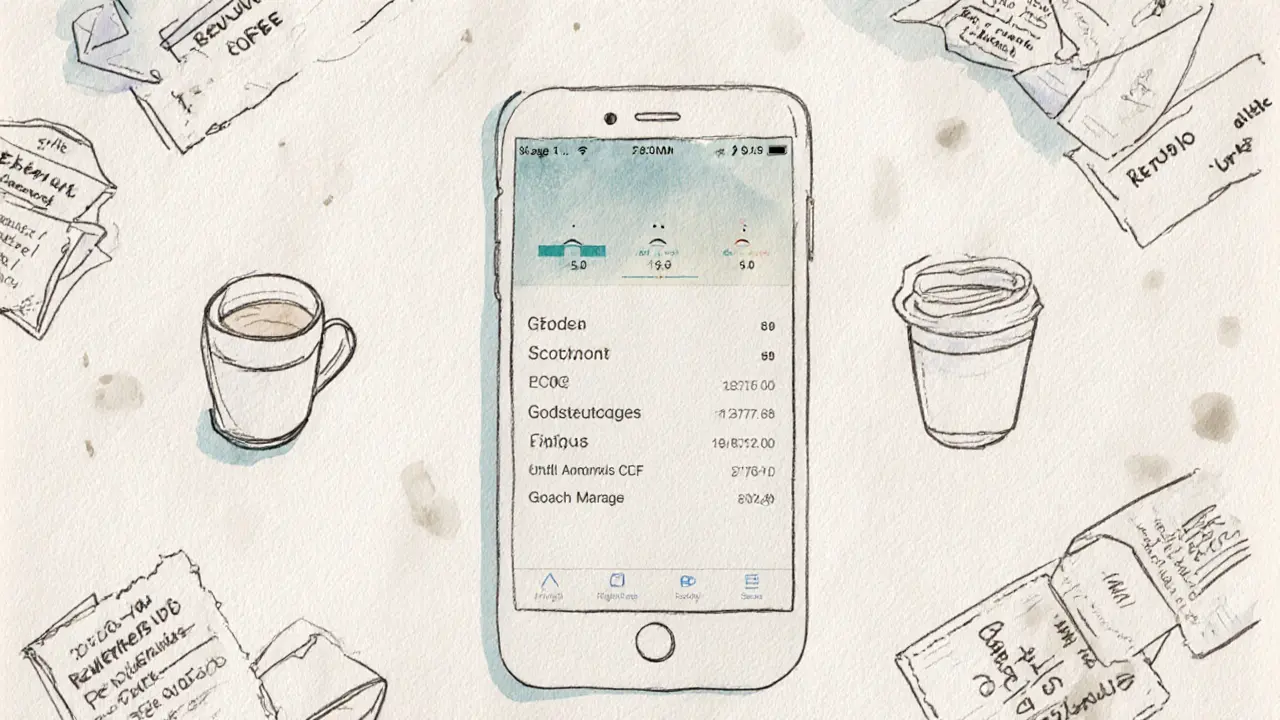Bitcoin Legal Tender: Where It's Accepted, Why It Matters, and How People Bypass Bans
When we say Bitcoin legal tender, a form of money that businesses and governments must accept as payment for debts. Also known as official cryptocurrency status, it means Bitcoin isn't just traded—it's treated like dollars or euros in everyday transactions. Only El Salvador and the Central African Republic have made Bitcoin legal tender so far. But that doesn't mean it's dead elsewhere. In fact, in places like China, Pakistan, and Afghanistan, people are using Bitcoin more than ever—even when the government bans it.
Why? Because P2P crypto, a way to trade Bitcoin directly between people without banks or exchanges. Also known as peer-to-peer cryptocurrency, it lets users skip the system entirely. In China, after the 2021 ban, traders moved to encrypted apps and used USDT to buy Bitcoin from strangers. In Afghanistan, under the Taliban, people trade Bitcoin over WhatsApp to send money to family abroad. In Nigeria and Venezuela, where local currencies collapse, Bitcoin becomes the only stable option. This isn't tech hype—it's survival.
And it’s not just about avoiding bans. crypto regulation, government rules that control how people buy, sell, or use digital money. Also known as cryptocurrency laws, it's changing fast. Pakistan just created PVARA to license crypto businesses. Meanwhile, the U.S. still hasn’t decided if Bitcoin is a currency, a commodity, or a security. That confusion is why so many people skip the rules altogether. They don’t wait for permission. They just trade.
What you’ll find below are real stories from people doing exactly that. How they use P2P platforms to trade Bitcoin in restricted countries. How they stay safe when banks won’t help. How they turn a banned asset into their only financial lifeline. These aren’t theoretical guides. These are people living it—right now, in real places, with real risks and real rewards.
How El Salvador Uses Bitcoin for National Economy
El Salvador made Bitcoin legal tender in 2021 to cut remittance costs and boost financial inclusion. But years later, adoption is low, the IMF intervened, and the experiment has largely failed to deliver on its promises.
VIEW MORE
